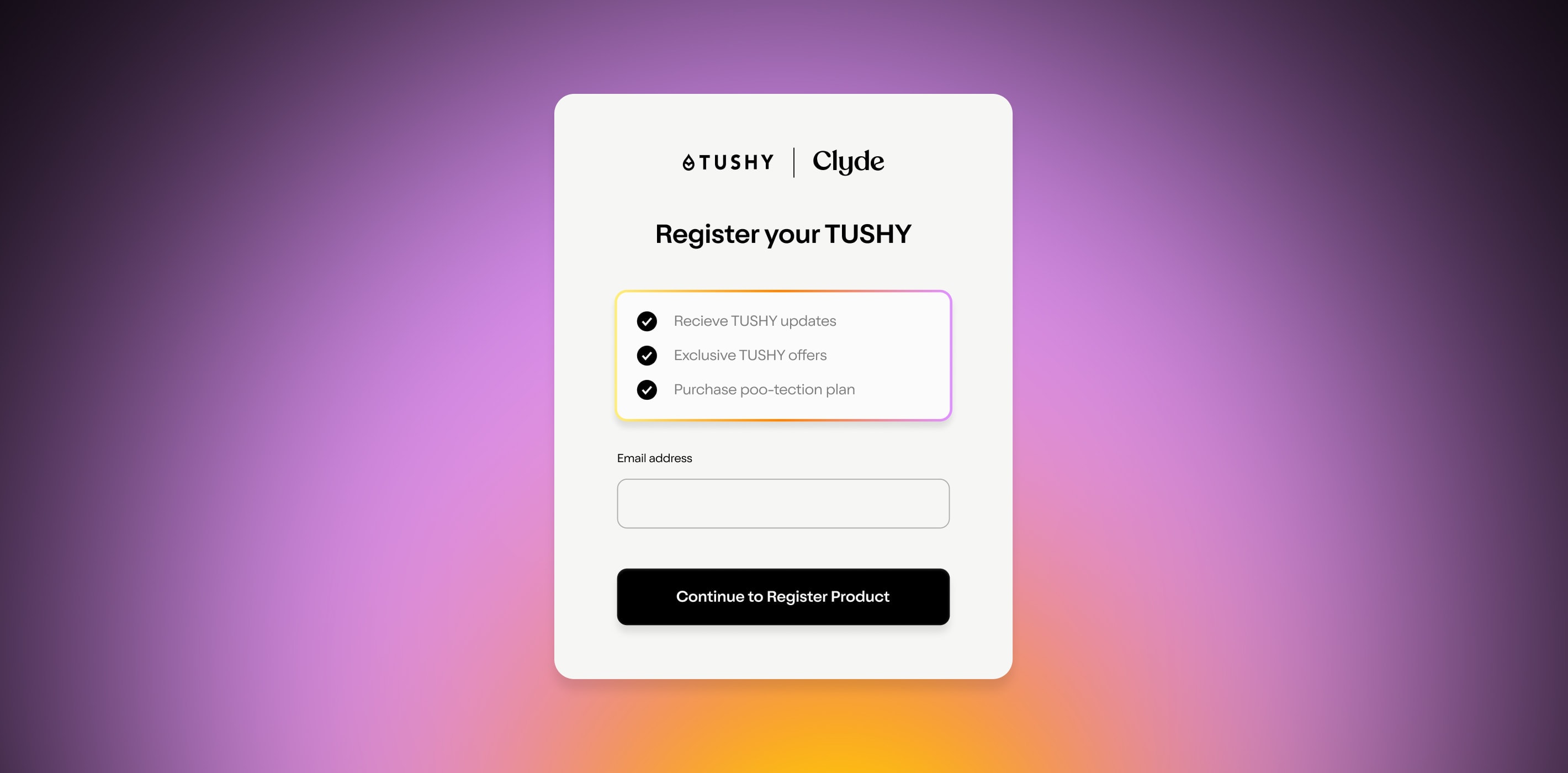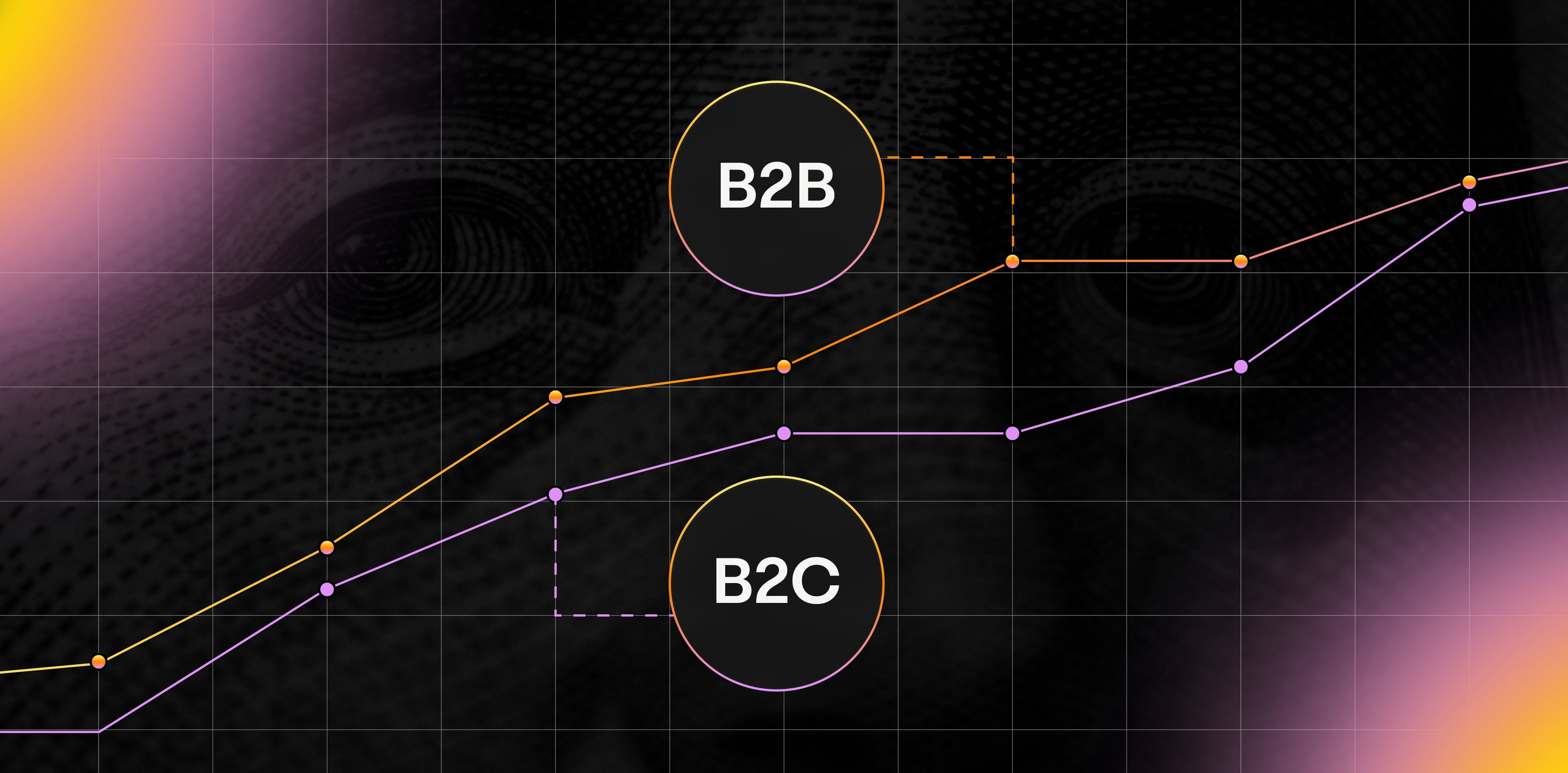Most STEM fields aren’t quite as black and white as we might expect them to be. Doctors don’t always know exactly what’s going on with their patients, engineers know there’s often no one right way to solve a given problem, and even mathematicians need to get theoretical and abstract.
Anyone who watched the New York Times’ prediction needle for the 2016 election knows that data science isn’t an exact science, either.
That’s because simply having data isn’t the same thing as deriving actionable insights from it.
Making meaning of data requires not just capturing it, but maintaining it, processing it, analyzing it, and communicating it creatively. It requires exploration, experimentation, and inventiveness every step of the way, from the framing questions you ask to the lateral connections you make within data sets.
Less data science, more data art, perhaps?
That’s certainly Tanmaya Pisal’s view.
Learning to listen to the data
As a Data Scientist / Senior Data Analytics Consultant at Ernst & Young, Tanmaya has adopted a flexible view on problem-solving in the real world.
When she was completing her master’s in data analytics and data science at the University of Maryland, College Park, Tanmaya analyzed data in relatively controlled environments. For example, for a predictive analytics project using Airbnb data, Tanmaya and her team were able to create a clear framework for their insights. “Based on the AUC (area under the curve) we got, after factoring in the sensitivity, accuracy, and specificity of the model we decided on thresholds and divided the investors into three categories: risk seeking, risk averse, and risk neutral,” she explains.
But while those three categories look nice and neat on paper, that’s not exactly how regular consumers behave.
“Segregation never really works in real life,” she says. “You can never put an investor or a buyer in just one box; there are mixed behaviors we need to keep in mind.”
Classroom learning did give her a strong foundation for data science, but Tanmaya has had to learn to step beyond those bounds when analyzing client projects. “There are strategies or methods which would’ve worked on a specific type of data in books, but no longer work with real data,” she explains.
Still, Tanmaya does rely on a favorite maxim of one of her data science professors: “Always listen to and be patient with data.” Even the ways that she and her colleagues approach listening to data are key to the insights they can glean from it. From coming up with new methods for sorting and cleaning data to patiently sifting through individual data sets to spark her curiosity, Tanmaya has learned to follow the 20/80 rule: for every new machine learning model she wants to build, she needs to spend five times as long preprocessing her data, getting up close and personal with it.
“Patience with data is the key to obtaining phenomenal insights you hope to get from it,” she says.
That patience comes in handy with supplementing her own education, too. Tanmaya went for her master’s in data science because she was passionate about the field; she did her final undergrad projection opinion on mining and sentimental analysis. Back then, there weren’t many experienced data scientist professors or mentors at her school, so the head of her department gave her the option to either change her project topic or to go forward but without much help from the department.
“I was determined to work in that domain, hence I went forward with NLP (Natural Language Processing),” says Tanmaya. She did, and it was successful—after a lot of hit-and-miss exploration and sleepless nights, her project was one of the top in her cohort. After several years of working in business intelligence and data analytics, teaching herself more along the way, Tanmaya went for her master’s, and now at EY uses a mix of techniques she learned in school and things she’s picked up from work projects.
“My work at EY [involves] challenging myself by learning and evolving, and to some point unlearning and relearning based on the ever-changing work dynamics,” she says. “The data field is evolving, and you as an analyst or scientist have to evolve, too. I am loving the process.”
4 predictions for the (near-term) future of eCommerce
Imagine you’re surfing a wave. You feel the water go beyond the buoyancy required to keep you afloat and start to actually lift up, to curve away from the surface, to climb in the air.
That’s where Tanmaya thinks data science is when it comes to eComm insights: sitting on a wave of change that is ready to crash over the whole industry.
“We’ll look back at 2020 as the year that changed everything,” she says, referencing the unprecedented and unanticipated growth of the sector amid the COVID-19 crisis for not just big players like Amazon and Alibaba but for all industries across businesses of all sizes.
Tanmaya is currently working on a project with an eCommerce sports and retail giant and says that she’s betting on newly-acquired customer habits sticking around for the long haul. “The boost in digital sales and opportunities...to capitalize on investment in new sales channels are massive,” she says.
As a result, there are a few things Tanmaya is expecting to see unfold.
First, she approaches the art of data science by explaining her tools: “The 3 Vs: volume, variety, and velocity, which provide the leverage to companies to access critical information about customers' experiences, finance, and the competitiveness of the marketplace,” she says.
She then puts those tools in context, explaining that while traditionally data could be a strategic and competitive advantage by improving strategic decisions, operational efficiency, cost efficiency, and customer understanding, going forward, data will do more than streamline or improve existing business processes and will instead demand the creation of entirely new ones. That’s where creativity will be even more needed: not just in what to ask the data about the future of eComm, but what building towards that future will actually look like.
“This is just the beginning of [data’s] long reign,” she says. Here are four areas where she expects to see its impact:
1. Blanket marketing will be no more.
Gone will be the days of getting a generic sales email with deals of the week, says Tanmaya: “Improved big data analytics will definitely put an end to blanket marketing.” Someone who regularly buys gluten-free food items will never get a regular pasta recommendation, and customers who just bought home appliances will stop seeing fridge ads, but will get specific offers on fridge organizers, magnetic calendars, and the like.
That means traditional email marketing is in for a huge makeover, along with all the copywriting, art direction, ad sales, and engineering industries that support it. As marketing goes from macro to micro, niche industries that use these new tools well will have a real opportunity to find lasting, loyal customers.
2. The robots are definitely coming for our jobs.
Not all of them—just the customer service jobs. “Within some years, it won’t be a surprise to see 24/7 smooth customer service provided by AI chatbots,” says Tanmaya. “In a decade, when we are dealing with several zettabytes of data, Artificial Intelligence and other advanced analytics techniques will play a crucial role in driving value from that amount of raw data.”
Sure, a human customer service rep can solve problems just as well (and right now, better) than a Siri or Alexa or generic chatbot equivalent, but will that human be able to automatically come up with new scripts for new problems as soon as they come up, optimizing them for customer satisfaction and efficiency from the get-go? Probably not. AI-powered chatbots were ushered in ahead of schedule when call centers couldn’t operate because of COVID, says Tanmaya, and they ended up not just answering queries but also being successful taking orders—so maybe salespeople should keep an eye out, too. Tanmaya says that her data shows that 25% of customers have used smart assistants to place orders or add items to their shopping list, showing that consumers are on board with buying via robots.
All that to say, our future AI robot friends will still need someone like Tanmaya to set them up, direct their exploration and evolution via thoughtful questions, and make meaning of their findings—so a career in data science (and art) is looking better and better, isn’t it?
3. Step aside, likes and dislikes, and meet microinsights.
Sure, Facebook knows that you’re a fan of a cappella groups, Ted Lasso, and the barbeque place down the block. But does YouTube know when you’re feeling sad and could use a good rendition of Leonard Cohen’s “Hallelujah”? Can Netflix tell what you’ll think of the new season even before you’ve vocalized a thought on the matter? Does Amazon successfully remind you to buy a bottle of Tums before a Friday night rib fest? None of them do that now, but according to Tanmaya, they all will soon.
She expects to see an increase in the granularity of insights that will then transform the way that advertisers and social media platforms interact with us. A series of tiny insights about who we are and how we live our lives will build up to be a ridiculously accurate picture of us, allowing for hyper-personalized recommendations that we’ll probably come to see as helpful and not entirely creepy.
“They’ll be able to predict [consumers’] underlying needs and opinions and provide them better recommendations,” says Tanmaya, referencing rapid advances in machine learning and natural language processing that will make quick work of enormous pools of data.
That means that companies like Amazon and Sephora that already make much of their revenue from successful recommendation programs will make even more of it that way, and newer companies that can gain access to big data insights on customer trends will have a real chance to win customers with hyper-personalization.
4. Goodbye, Amazon Web Services.
Say it isn’t so: might Amazon’s cash cow go belly up? Possibly, says Tanmaya, who expects that eComm vendors will invest directly in dedicated servers, taking their data analytics and storage powers into their own hands. Cutting-edge cloud technologies will be the foundation of the future of big data, and if more innovative players come onto the market, stalwarts like AWS might be a thing of the past.
Learn more about what all this data means for eComm from our series on big data trends in 2021, featuring expert interviews and reflections on the future of the field .
SIGN UP FOR OUR NEWSLETTER


















